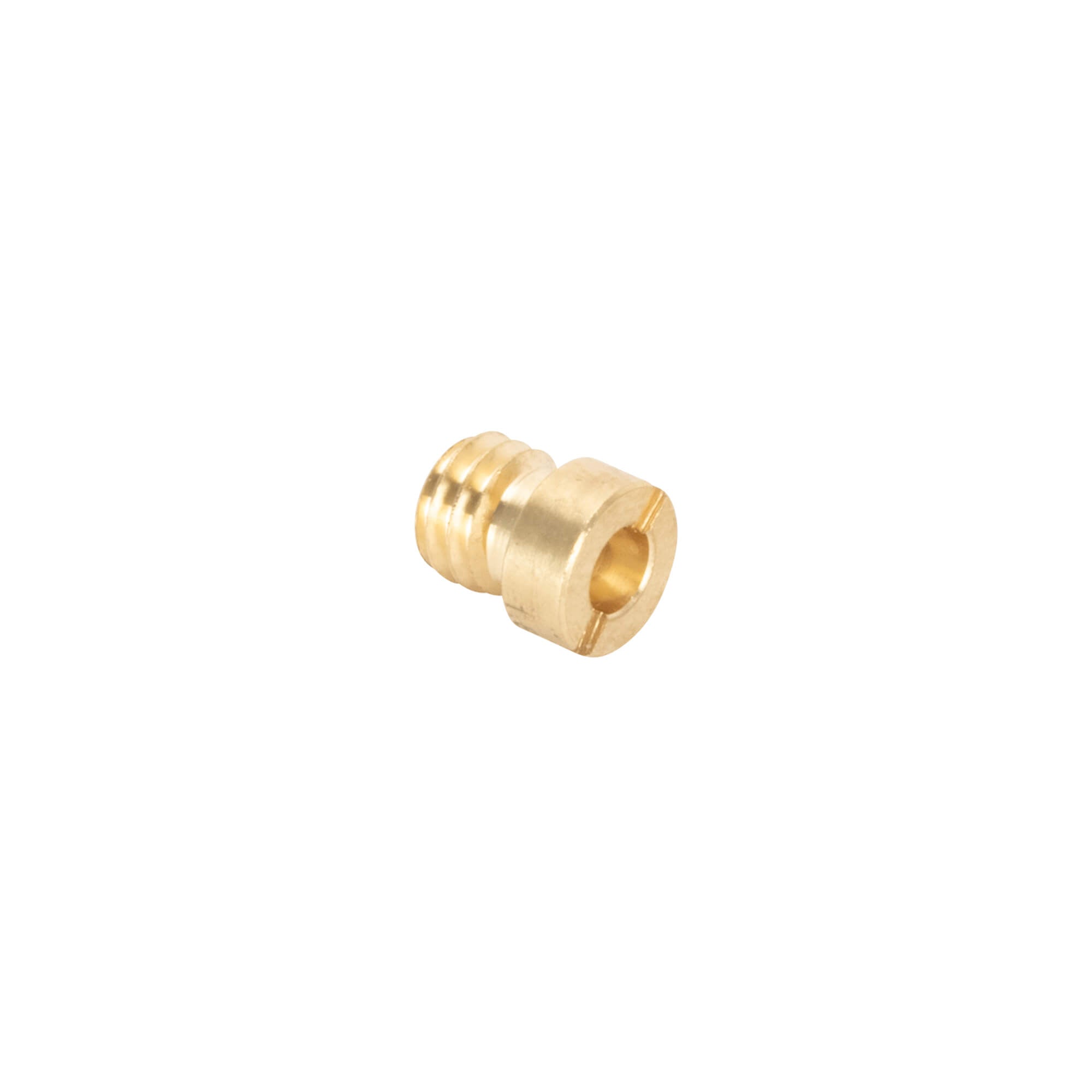- Free Shipping on Orders Over $99
- Up to 40% OFF on Selected Items
- 100% Secure Payment
When it comes to motorcycles, having the right parts is essential for optimum performance and safety. Whether you are a seasoned rider or a beginner, understanding the various components that make up your bike is crucial. In this comprehensive guide, we will explore the most important motorcycle parts that every rider should know about.
The engine is the heart of any motorcycle. Understanding its components is vital for maintaining and improving performance. Here are some key engine parts:
To keep your motorcycle running smoothly, you need a well-functioning fuel system. Here are the main components of a typical fuel system:
From ignition to lighting, the electrical system is crucial for a motorcycle’s functionality. Key electrical components include:
Efficient brakes are crucial for rider safety. Understanding the components of your motorcycle’s braking system is essential. Key parts include:
A good suspension system ensures a smooth and comfortable ride. The following components are vital for an effective suspension system:
A motorcycle is a complex machine made up of numerous components working together to provide an exhilarating riding experience. Understanding these essential parts not only helps you maintain your bike but also ensures your safety on the road. By familiarizing yourself with the engine components, fuel system, electrical system, braking system, and suspension system, you’ll be better equipped to care for your motorcycle and make informed decisions when it comes to upgrades and repairs.
Remember, regular maintenance and using high-quality parts are key to keeping your motorcycle in optimal condition for years to come.
